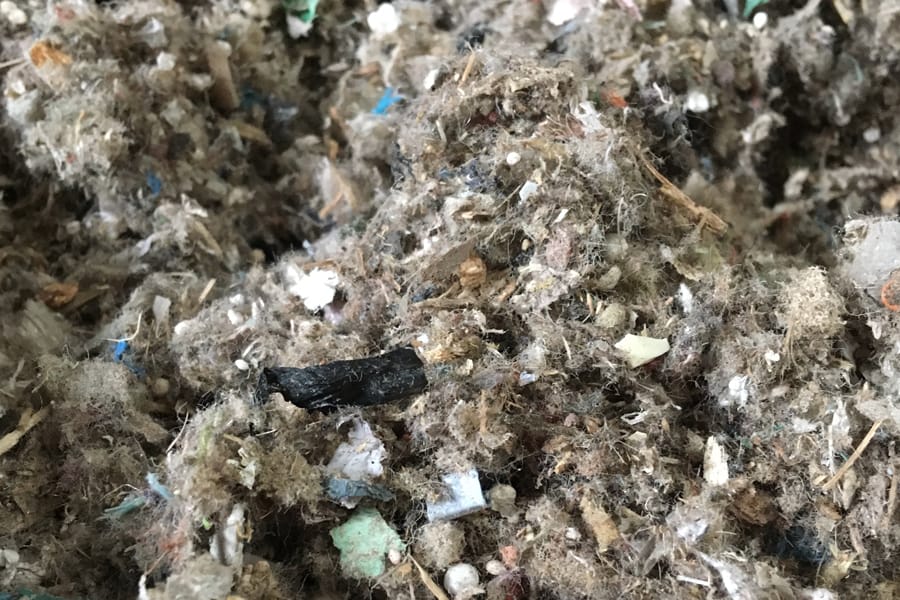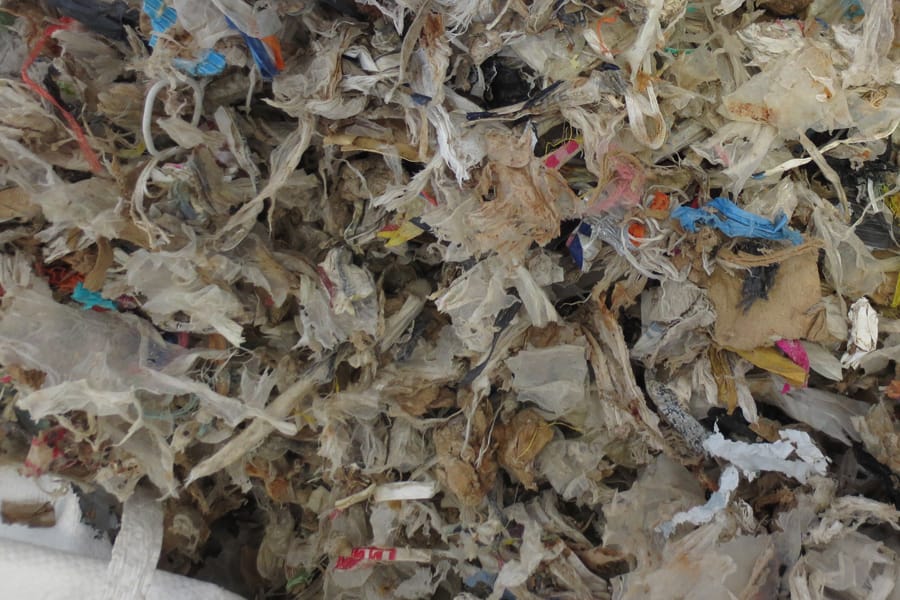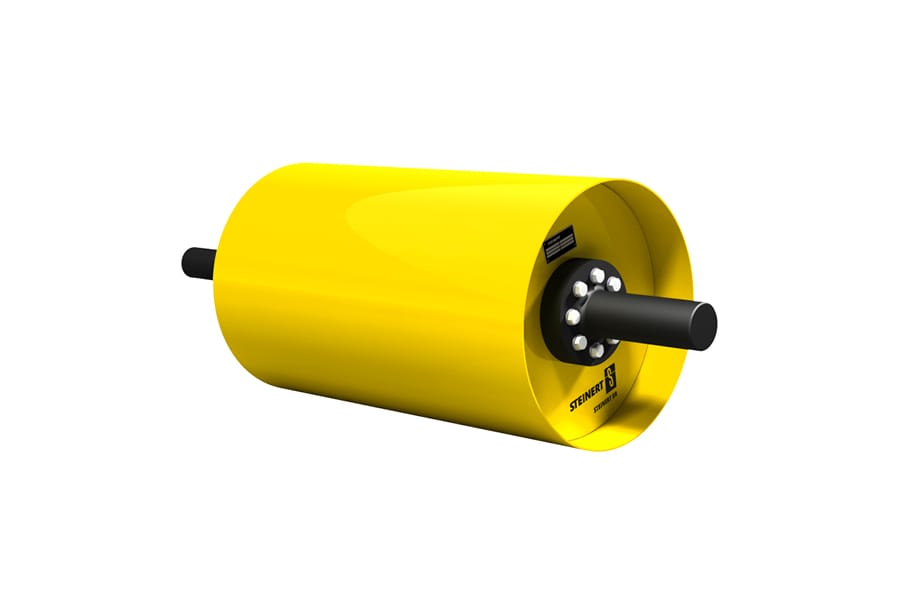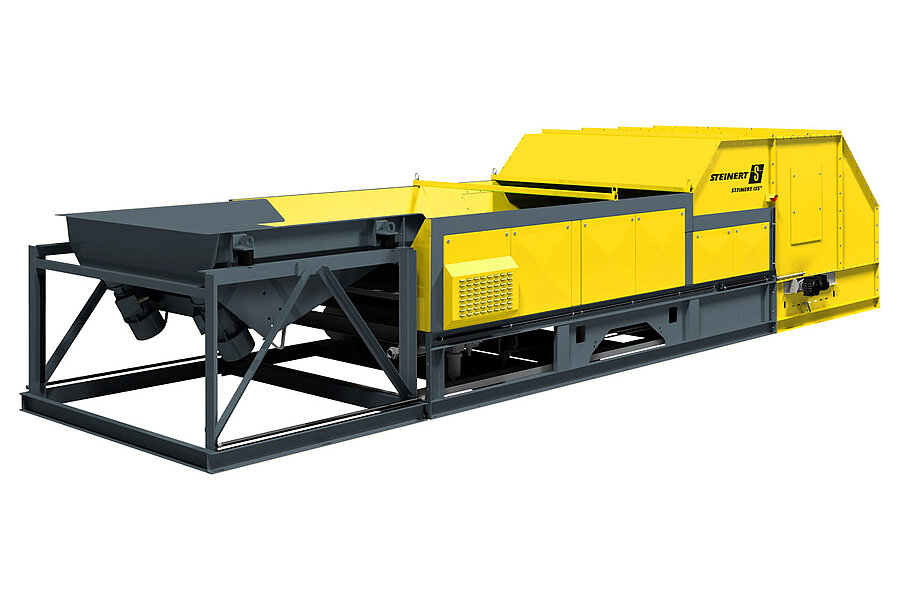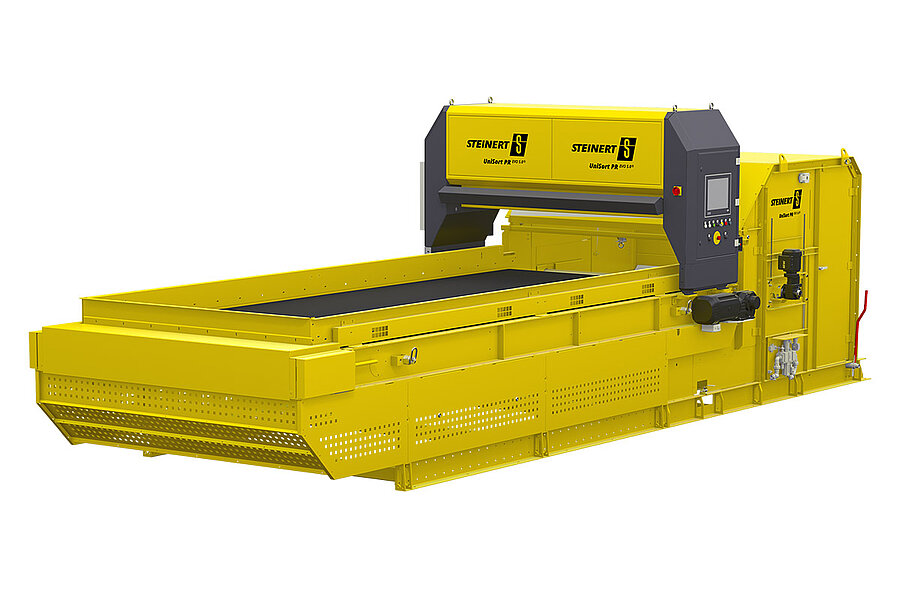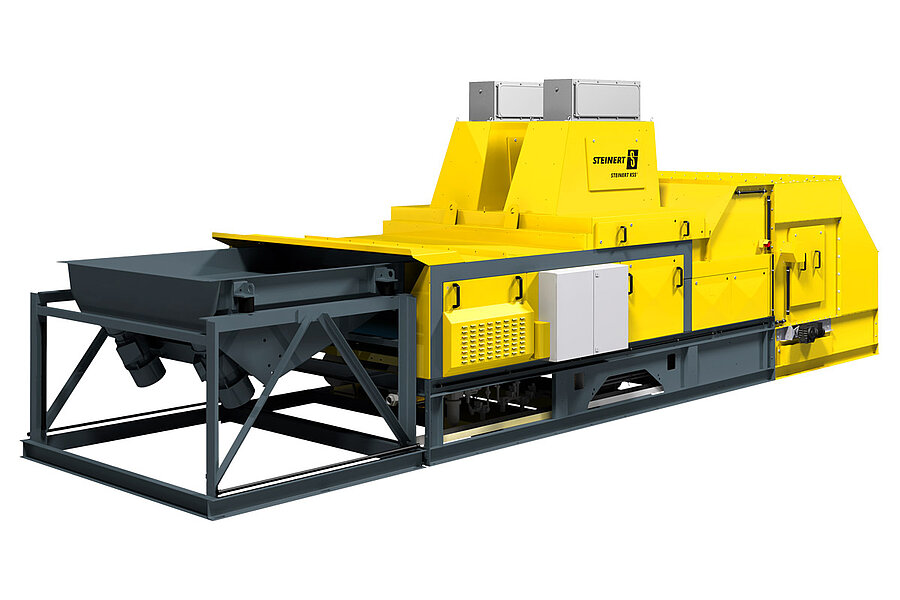
REFUSE-DERIVED FUELS
Production of refuse derived fuels
Refuse-derived fuel - a valuable, resource-saving energy source from waste
Energy is an elemental requirement for industry and manufacturing. The required quality and quantities of refuse-derived fuel (RDF) must be reliably available, even with seasonal fluctuations.
The source material for production of RDF is normally plastics that have been previously sorted out from various waste streams or production waste. Today’s sorting plants usually eliminate all contaminants upstream. Our STEINERT UMP and UME overhead suspension magnet units are suitable for coarse material, and the STEINERT MTPmagnetic drum is used for fine material. Non-ferrous metals can be separated using our STEINERT EddyC eddy current separator. To separate high-grade steels and unsorted metal waste we recommend the STEINERT ISS that uses inductance detection. This provides the best possible protection for subsequent shredding plant. This is followed by targeted separation of plastics that are unsuitable for thermal utilisation owing to their properties, e.g. PVC.
NIR with hyper-spectral imaging
Near-infrared detects plastics, wood, paper etc. thanks to its exceptionally high spectral resolution.
The UniSort PR can precisely distinguish the plastic mix before shredding, and separate it or sort it according to requirements. In the UniSort Black version, black parts are also detected and can be sorted, if required. It is thus possible to create RDF products to suit a variety of needs and purchasers - and in different qualities as required.
Maintaining an overview – for improved quality
The quality of the prepared material can fluctuate enormously even at delivery, which will significantly affect the results. Our UniSort Analyser provides you with an overview of the contents of the products delivered to you. The parameters available are: calorific value, chlorine content, material composition, moisture content and belt cover. If part of the input is diverted, the individual elements can be recorded exactly and calculations made, from which the average values can be obtained for the overall bulk. Quality defects can thus be detected quickly and do not continue to degrade product value.
Document output quality
The sorting purity and energy efficiency produced are ultimately the factors for success of the purchaser. Here again the UniSort Analyser provides exact, real-time analyses for quality assurance.
After all, the documentation of consistent quality is the key to the best prices.
Your benefits:
- Payment of suppliers dependent on quality
- Significant increased revenue due to higher purity levels in end product
- Reduced laboratory costs
- Production of Fe scrap, non-Fe metals etc.
- Complete or partial replacement of primary energy sources such as coal, gas or oil
Application areas
